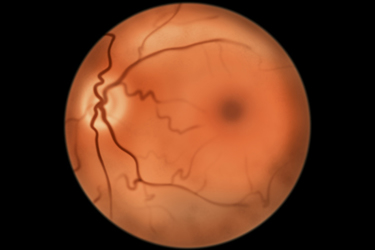Evaluating Multiple Vectors In A Single Eye

Native adeno-associated virus (AAV) vectors are currently used to deliver therapeutic materials for retinal gene therapies. However, inherent efficacy limitations of native AAV vectors necessitate high doses to achieve the desired level of transgene expression to demonstrate a positive therapeutic effect.
There are many companies working to overcome these limitations by manipulating viral capsid properties to develop novel AAV variants. But these vectors are often optimized in both mice and large animal models – usually nonhuman primates (NHP) – the technique for which can be cost prohibitive as testing requires a large number of animals to account for inter-animal variability in transgene expression and immune response.
However, a new procedure is able to successfully deliver four different AAV vectors into each NHP eye, reducing the number of animals required on an investigational efficacy study fourfold compared to existing techniques. Learn how this new subretinal delivery model for AAV-mediated therapies enables more responsible use of animal resources and achieves significant cost savings for viral vector therapy developers while significantly limiting variability of the results.
Get unlimited access to:
Enter your credentials below to log in. Not yet a member of Outsourced Pharma? Subscribe today.
